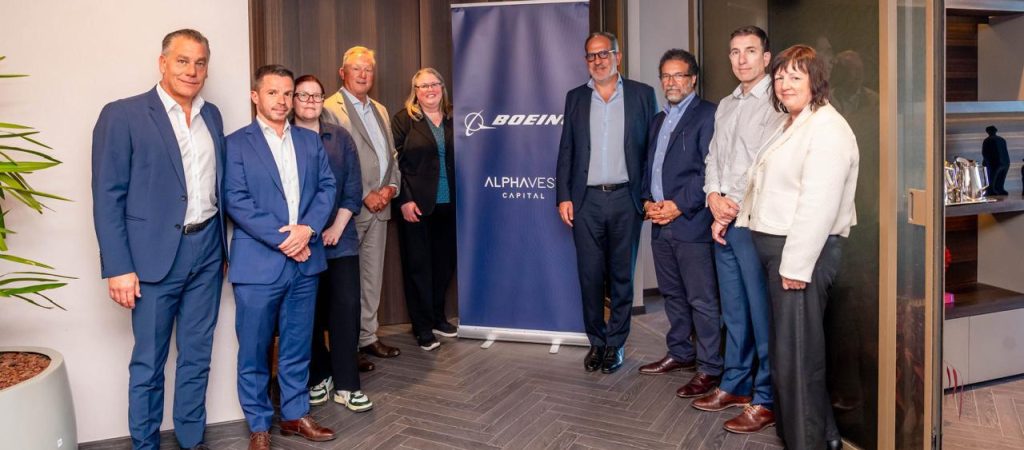RIYADH: Qatar’s Islamic finance sector continued its upward trajectory in 2024, with total assets rising 4.1 percent year on year to 683 billion Qatari riyals ($187.5 billion), a new analysis showed.
According to a report from Qatar-based Bait Al Mashura Finance Consultations, Islamic banks held the largest share, with 87.4 percent of total Islamic finance assets.
This was followed by Shariah-compliant sukuk at 11.2 percent, takaful insurance at 0.7 percent, and the rest split between investment funds and other Islamic finance institutions.
Qatar’s performance comes as the global Islamic finance industry entered 2025 on a solid footing, with 10.6 percent growth in 2024, driven by strong banking assets and a 29 percent growth in foreign currency sukuk issuances, according to S&P Global Ratings.

Islamic banks issued 9.5 billion riyals in sukuk, up 300 percent, while the Qatar Central Bank issued 16.9 billion riyals. Wikipedia
While key markets like Saudi Arabia, the UAE, and Malaysia continue to dominate — with the Kingdom alone accounting for two-thirds of Gulf Cooperation Council Islamic banking growth — the outlook remains cautious amid potential headwinds, including oil price volatility and evolving regulatory frameworks.
Khalid Al-Sulaiti, vice chairman of Bait Al Mashura’s board of directors, said: “In the past year, the Islamic finance sector experienced significant transformations and qualitative advancements in performance, expansion, and supporting technologies.”
He underscored the need to analyze data and trends to provide a comprehensive and accurate outlook for the future — balancing Shariah compliance, developmental goals, and economic and social sustainability.
The report showed that Qatar’s Islamic banking assets grew by 3.9 percent to 585.5 billion riyals, while deposits surged by 8.2 percent to 339.1 billion riyals, with private sector deposits accounting for 57 percent.
Financing increased by 4.9 percent to 401.5 billion riyals, primarily directed toward real estate, government, and personal financing. Revenues rose by 12.6 percent to 29.5 billion riyals, with profits reaching 8.7 billion riyals, marking a 6 percent growth.
In the takaful sector, assets grew by 7.1 percent to 5.1 billion riyals, while policyholders’ funds increased by 6.3 percent to 2.6 billion riyals. Insurance subscriptions rose by 18.6 percent, exceeding 1.9 billion riyals, though results varied between surplus and deficit.
Islamic finance companies saw marginal growth of 0.8 percent in assets, reaching 2.53 billion riyals, while financing rose by 5.7 percent to 1.9 billion riyals. Revenues jumped 14.7 percent to 277.2 million riyals, with financing and investment activities contributing 84 percent.
Performance varied, with aggregate profits surpassing 178.5 million riyals against losses of 12 million riyals.
Islamic investment firms recorded a 5.2 percent increase in assets to 549.5 million riyals, with revenues surging 44.1 percent to 59.7 million riyals. Profits reached 17.5 million riyals, though some firms reported losses.
The sukuk market expanded significantly, with issuances rising by 161 percent. Islamic banks issued 9.5 billion riyals in sukuk, up 300 percent, while the Qatar Central Bank issued 16.9 billion riyals.

Fitch Ratings affirmed strong credit profiles for Qatari Islamic banks due to high oil prices, solid profitability, and stable funding structures. Shutterstock
Shariah-compliant investment funds grew by 1 percent to 944.6 million riyals, though performance was mixed. On the Qatar Stock Exchange, the Al Rayan Islamic Index closing price increased by 2.23 percent. The share performance of listed Islamic finance companies was mixed, with increases reaching up to 2.3 percent and decreases as much as 19.6 percent.
Qatar’s Shariah-compliant finance industry now represents 27 percent of the country’s overall financial system, placing it among the top Islamic finance hubs globally alongside Saudi Arabia and the UAE, according to the Qatar Financial Center.
The country is home to two of the region’s largest Islamic banks — Qatar Islamic Bank and Masraf Al Rayan — ranked among the top 10 globally by asset size.
Earlier this year, Fitch Ratings affirmed strong credit profiles for Qatari Islamic banks due to high oil prices, solid profitability, and stable funding structures. The sector’s growth is further bolstered by active sukuk issuances and strong retail deposit bases.
While the industry faces challenges, including potential fragmentation from regulatory shifts and macroeconomic risks, its long-term outlook remains positive, supported by economic diversification efforts and increasing demand for Shariah-compliant financial products.






























